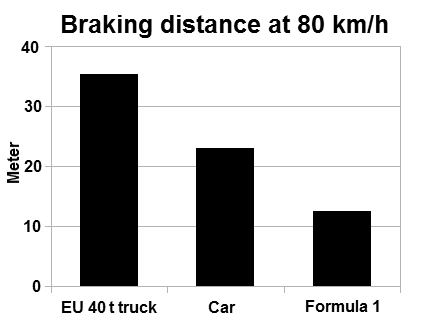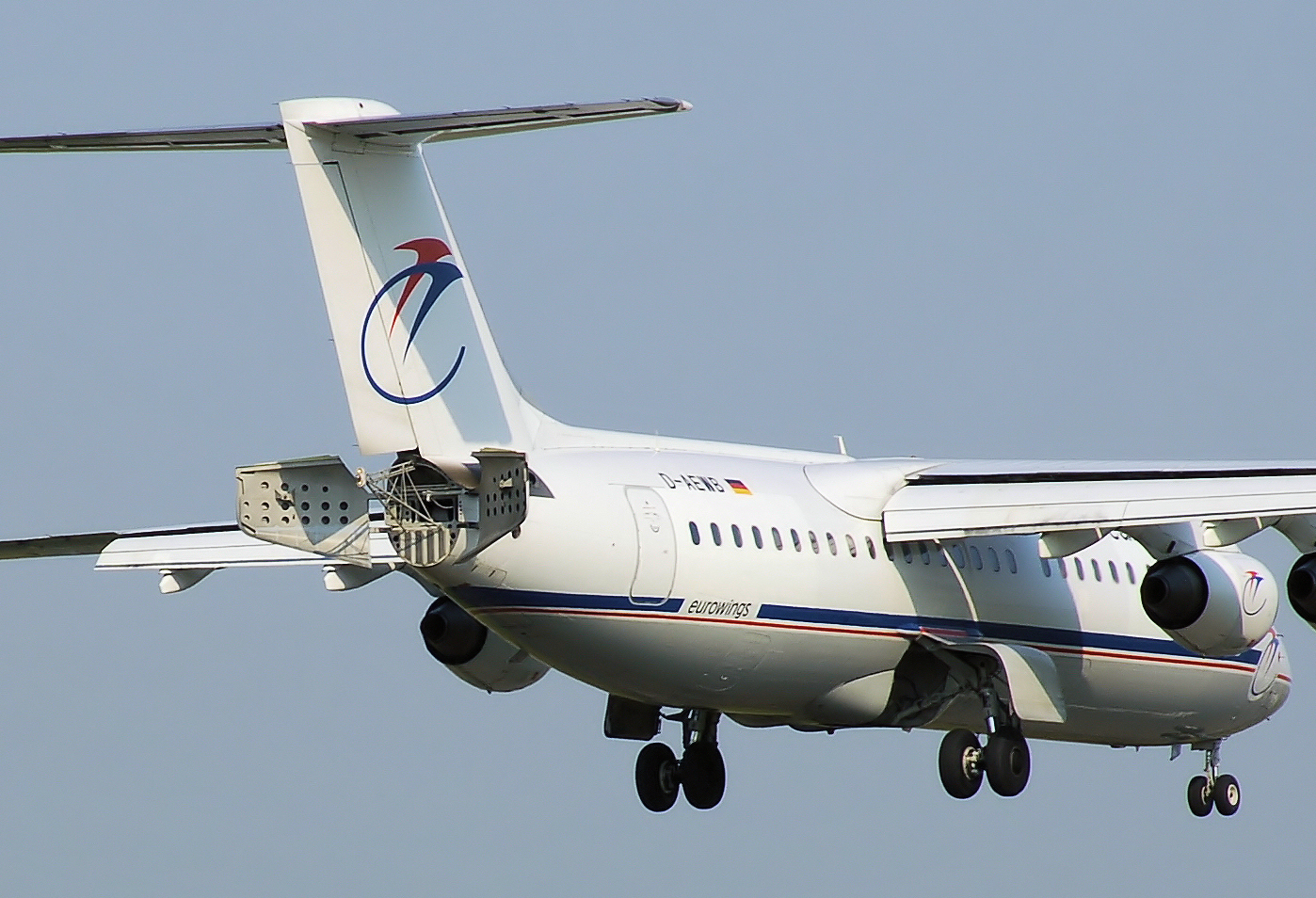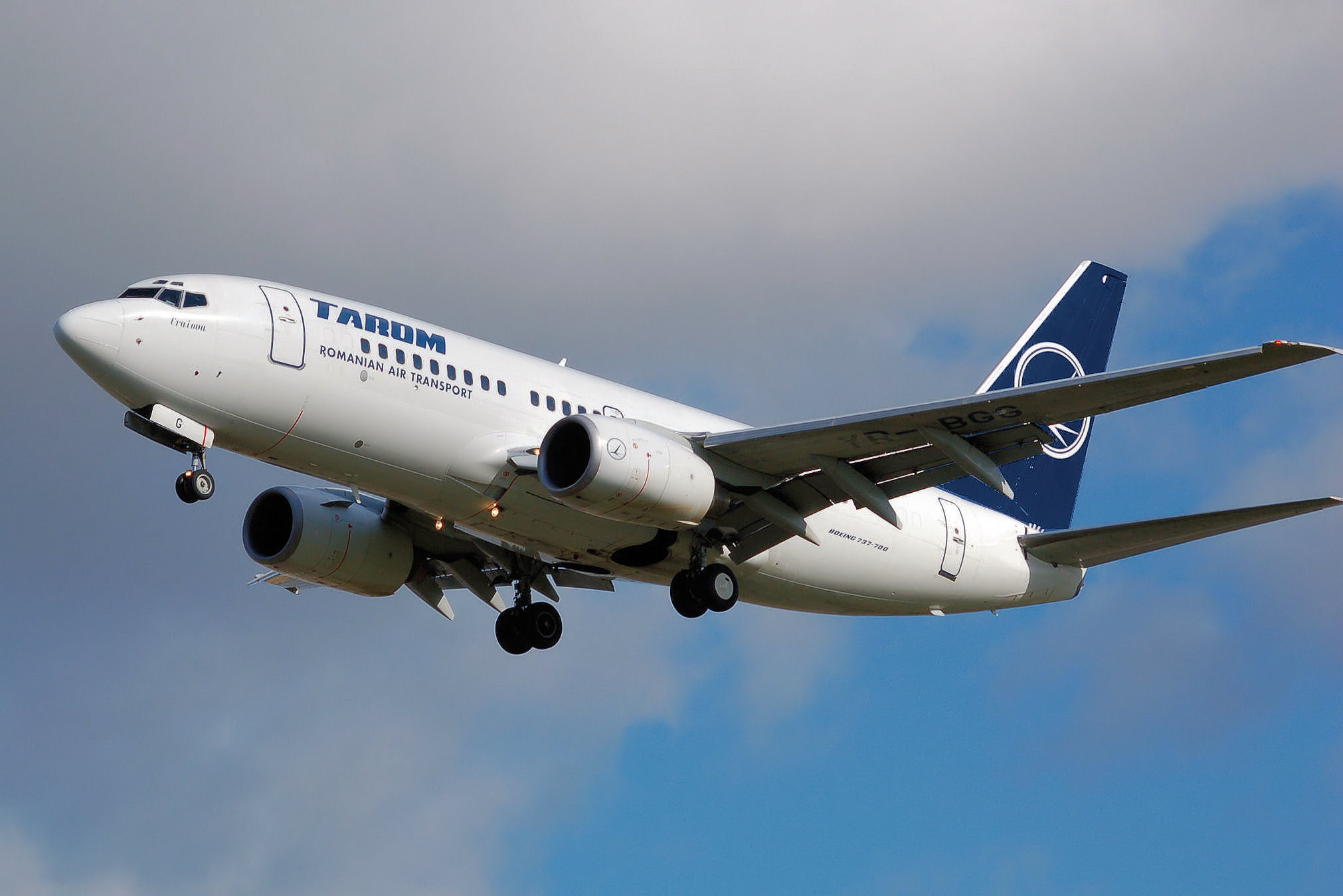 |
Braking
A brake is a mechanical device that inhibits motion by absorbing energy from a moving system. It is used for slowing or stopping a moving vehicle, wheel, axle, or to prevent its motion, most often accomplished by means of friction. Background Most brakes commonly use friction between two surfaces pressed together to convert the kinetic energy of the moving object into heat, though other methods of energy conversion may be employed. For example, regenerative braking converts much of the energy to electrical energy, which may be stored for later use. Other methods convert kinetic energy into potential energy in such stored forms as pressurized air or pressurized oil. Eddy current brakes use magnetic fields to convert kinetic energy into electric current in the brake disc, fin, or rail, which is converted into heat. Still other braking methods even transform kinetic energy into different forms, for example by transferring the energy to a rotating flywheel. Brakes are generall ... [...More Info...] [...Related Items...] OR: [Wikipedia] [Google] [Baidu] |
 |
Regenerative Braking
Regenerative braking is an energy recovery mechanism that slows down a moving vehicle or object by converting its kinetic energy into a form that can be either used immediately or stored until needed. In this mechanism, the electric traction motor uses the vehicle's momentum to recover energy that would otherwise be lost to the brake discs as heat. This method contrasts with conventional braking systems. In those systems, the excess kinetic energy is converted to unwanted and wasted heat due to friction in the brakes, or with rheostatic brakes, where the energy is recovered by using electric motors as generators but is immediately dissipated as heat in resistors. In addition to improving the overall efficiency of the vehicle, regeneration can significantly extend the life of the braking system as the mechanical parts will not wear out quickly. General principle The most common form of regenerative brake involves an electric motor functioning as an electric generator. In ele ... [...More Info...] [...Related Items...] OR: [Wikipedia] [Google] [Baidu] |
 |
Braking Distance
Braking distance refers to the distance a vehicle will travel from the point when its brakes are fully applied to when it comes to a complete stop. It is primarily affected by the original speed of the vehicle and the coefficient of friction between the tires and the road surface, and negligibly by the tires' rolling resistance and vehicle's air drag. The type of brake system in use only affects trucks and large mass vehicles, which cannot supply enough force to match the static frictional force. The braking distance is one of two principal components of the total stopping distance. The other component is the reaction distance, which is the product of the speed and the perception-reaction time of the driver/rider. A perception-reaction time of 1.5 seconds, and a coefficient of kinetic friction of 0.7 are standard for the purpose of determining a bare baseline for accident reconstruction and judicial notice; most people can stop slightly sooner under ideal conditions. Brak ... [...More Info...] [...Related Items...] OR: [Wikipedia] [Google] [Baidu] |
 |
Friction
Friction is the force resisting the relative motion of solid surfaces, fluid layers, and material elements sliding (motion), sliding against each other. There are several types of friction: *Dry friction is a force that opposes the relative lateral motion of two solid surfaces in contact. Dry friction is subdivided into ''static friction'' ("stiction") between non-moving surfaces, and ''kinetic friction'' between moving surfaces. With the exception of atomic or molecular friction, dry friction generally arises from the interaction of surface features, known as Asperity (materials science), asperities (see Figure 1). *Fluid friction describes the friction between layers of a viscous fluid that are moving relative to each other. *Lubricated friction is a case of fluid friction where a lubricant fluid separates two solid surfaces. *Skin friction is a component of Drag (physics), drag, the force resisting the motion of a fluid across the surface of a body. *Internal friction is t ... [...More Info...] [...Related Items...] OR: [Wikipedia] [Google] [Baidu] |
 |
Vehicle
A vehicle (from la, vehiculum) is a machine that transports people or cargo. Vehicles include wagons, bicycles, motor vehicles ( motorcycles, cars, trucks, buses, mobility scooters for disabled people), railed vehicles ( trains, trams), watercraft (ships, boats, underwater vehicles), amphibious vehicles ( screw-propelled vehicles, hovercraft), aircraft ( airplanes, helicopters, aerostats) and spacecraft.Halsey, William D. (Editorial Director): ''MacMillan Contemporary Dictionary'', page 1106. MacMillan Publishing, 1979. Land vehicles are classified broadly by what is used to apply steering and drive forces against the ground: wheeled, tracked, railed or skied. ISO 3833-1977 is the standard, also internationally used in legislation, for road vehicles types, terms and definitions. History * The oldest boats found by archaeological excavation are logboats, with the oldest logboat found, the Pesse canoe found in a bog in the Netherlands, being carbon ... [...More Info...] [...Related Items...] OR: [Wikipedia] [Google] [Baidu] |
 |
Landing Gear
Landing gear is the undercarriage of an aircraft or spacecraft that is used for takeoff or landing. For aircraft it is generally needed for both. It was also formerly called ''alighting gear'' by some manufacturers, such as the Glenn L. Martin Company. For aircraft, Stinton makes the terminology distinction ''undercarriage (British) = landing gear (US)''. For aircraft, the landing gear supports the craft when it is not flying, allowing it to take off, land, and taxi without damage. Wheeled landing gear is the most common, with skis or floats needed to operate from snow/ice/water and skids for vertical operation on land. Faster aircraft have retractable undercarriages, which fold away during flight to reduce drag. Some unusual landing gear have been evaluated experimentally. These include: no landing gear (to save weight), made possible by operating from a catapult cradle and flexible landing deck: air cushion (to enable operation over a wide range of ground obstacles and wa ... [...More Info...] [...Related Items...] OR: [Wikipedia] [Google] [Baidu] |
 |
Disc Brake
A disc brake is a type of brake that uses the calipers to squeeze pairs of pads against a disc or a "rotor" to create friction. This action slows the rotation of a shaft, such as a vehicle axle, either to reduce its rotational speed or to hold it stationary. The energy of motion is converted into waste heat which must be dispersed. Hydraulically actuated disc brakes are the most commonly used form of brake for motor vehicles, but the principles of a disc brake are applicable to almost any rotating shaft. The components include the disc, master cylinder, and caliper (which contains a cylinder and two brake pads) on both sides of the disc. Design The development of disc-type brakes began in England in the 1890s. In 1902, the Lanchester Motor Company designed brakes that looked and operated in a similar way to a modern disc-brake system even though the disc was thin and a cable activated the brake pad. Other designs were not practical or widely available in cars for anot ... [...More Info...] [...Related Items...] OR: [Wikipedia] [Google] [Baidu] |
 |
World War II
World War II or the Second World War, often abbreviated as WWII or WW2, was a world war that lasted from 1939 to 1945. It involved the World War II by country, vast majority of the world's countries—including all of the great powers—forming two opposing military alliances: the Allies of World War II, Allies and the Axis powers. World War II was a total war that directly involved more than 100 million Military personnel, personnel from more than 30 countries. The major participants in the war threw their entire economic, industrial, and scientific capabilities behind the war effort, blurring the distinction between civilian and military resources. Air warfare of World War II, Aircraft played a major role in the conflict, enabling the strategic bombing of population centres and deploying the Atomic bombings of Hiroshima and Nagasaki, only two nuclear weapons ever used in war. World War II was by far the List of wars by death toll, deadliest conflict in hu ... [...More Info...] [...Related Items...] OR: [Wikipedia] [Google] [Baidu] |
 |
Air Brake (aircraft)
In aeronautics, air brakes or speed brakes are a type of flight control surface used on an aircraft to increase the drag on the aircraft. Air brakes differ from spoilers in that air brakes are designed to increase drag while making little change to lift, whereas spoilers reduce the lift-to-drag ratio and require a higher angle of attack to maintain lift, resulting in a higher stall speed. Introduction An air brake is a part of an aircraft. When extended into the airstream, it causes an increase in the drag on the aircraft. When not in use, it conforms to the local streamlined profile of the aircraft in order to help minimise the drag. History In the early decades of powered flight, air brakes were flaps mounted on the wings. They were manually controlled by a lever in the cockpit, and mechanical linkages to the air brake. An early type of air brake, developed in 1931, was fitted to the aircraft wing support struts. In 1936, Hans Jacobs, who headed Nazi Germany's '' ... [...More Info...] [...Related Items...] OR: [Wikipedia] [Google] [Baidu] |
 |
Glider Aircraft
A glider is a fixed-wing aircraft that is supported in flight by the dynamic reaction of the air against its lifting surfaces, and whose free flight does not depend on an engine. Most gliders do not have an engine, although motor-gliders have small engines for extending their flight when necessary by sustaining the altitude (normally a sailplane relies on rising air to maintain altitude) with some being powerful enough to take off by self-launch. There are a wide variety of types differing in the construction of their wings, aerodynamic efficiency, location of the pilot, controls and intended purpose. Most exploit meteorological phenomena to maintain or gain height. Gliders are principally used for the air sports of gliding, hang gliding and paragliding. However some spacecraft have been designed to descend as gliders and in the past military gliders have been used in warfare. Some simple and familiar types of glider are toys such as paper planes and balsa wood gliders ... [...More Info...] [...Related Items...] OR: [Wikipedia] [Google] [Baidu] |
 |
Dive Bombers
A dive bomber is a bomber aircraft that dives directly at its targets in order to provide greater accuracy for the bomb it drops. Diving towards the target simplifies the bomb's trajectory and allows the pilot to keep visual contact throughout the bomb run. This allows attacks on point targets and ships, which were difficult to attack with conventional level bombers, even ''en masse''. After World War II, the rise of precision-guided munitions and improved anti-aircraft defences—both fixed gunnery positions and fighter interception—led to a fundamental change in dive bombing. New weapons, such as rockets, allowed for better accuracy from smaller dive angles and from greater distances. They could be fitted to almost any aircraft, including fighters, improving their effectiveness without the inherent vulnerabilities of dive bombers, which needed air superiority to operate effectively. Method A dive bomber dives at a steep angle, normally between 45 and 60 degrees or ev ... [...More Info...] [...Related Items...] OR: [Wikipedia] [Google] [Baidu] |
 |
Fighter Aircraft
Fighter aircraft are fixed-wing aircraft, fixed-wing military aircraft designed primarily for air-to-air combat. In military conflict, the role of fighter aircraft is to establish air supremacy, air superiority of the battlespace. Domination of the airspace above a battlefield permits bombers and attack aircraft to engage in tactical bombing, tactical and strategic bombing of enemy targets. The key performance features of a fighter include not only its firepower but also its high speed and maneuverability relative to the target aircraft. The success or failure of a combatant's efforts to gain air superiority hinges on several factors including the skill of its pilots, the tactical soundness of its doctrine for deploying its fighters, and the numbers and performance of those fighters. Many modern fighter aircraft also have secondary capabilities such as ground-attack aircraft, ground attack and some types, such as fighter-bombers, are designed from the outset for dual roles. ... [...More Info...] [...Related Items...] OR: [Wikipedia] [Google] [Baidu] |
 |
Fixed-wing Aircraft
A fixed-wing aircraft is a heavier-than-air Aircraft, flying machine, such as an airplane, which is capable of flight using wings that generate Lift (force), lift caused by the aircraft's forward airspeed and the wing configuration, shape of the wings. Fixed-wing aircraft are distinct from rotorcraft, rotary-wing aircraft (in which the wings form a Helicopter rotor, rotor mounted on a spinning shaft or "mast"), and ornithopters (in which the wings bird flight#Flapping flight, flap in a manner similar to that of a bird). The wings of a fixed-wing aircraft are not necessarily rigid; kites, hang gliders, variable-sweep wing aircraft and airplanes that use wing morphing are all examples of fixed-wing aircraft. Gliding flight, Gliding fixed-wing aircraft, including free-flying Glider (aircraft), gliders of various kinds and tethered kites, can use moving air to gain altitude. Powered aircraft, Powered fixed-wing aircraft (airplanes) that gain forward thrust from an aircraft engine, ... [...More Info...] [...Related Items...] OR: [Wikipedia] [Google] [Baidu] |